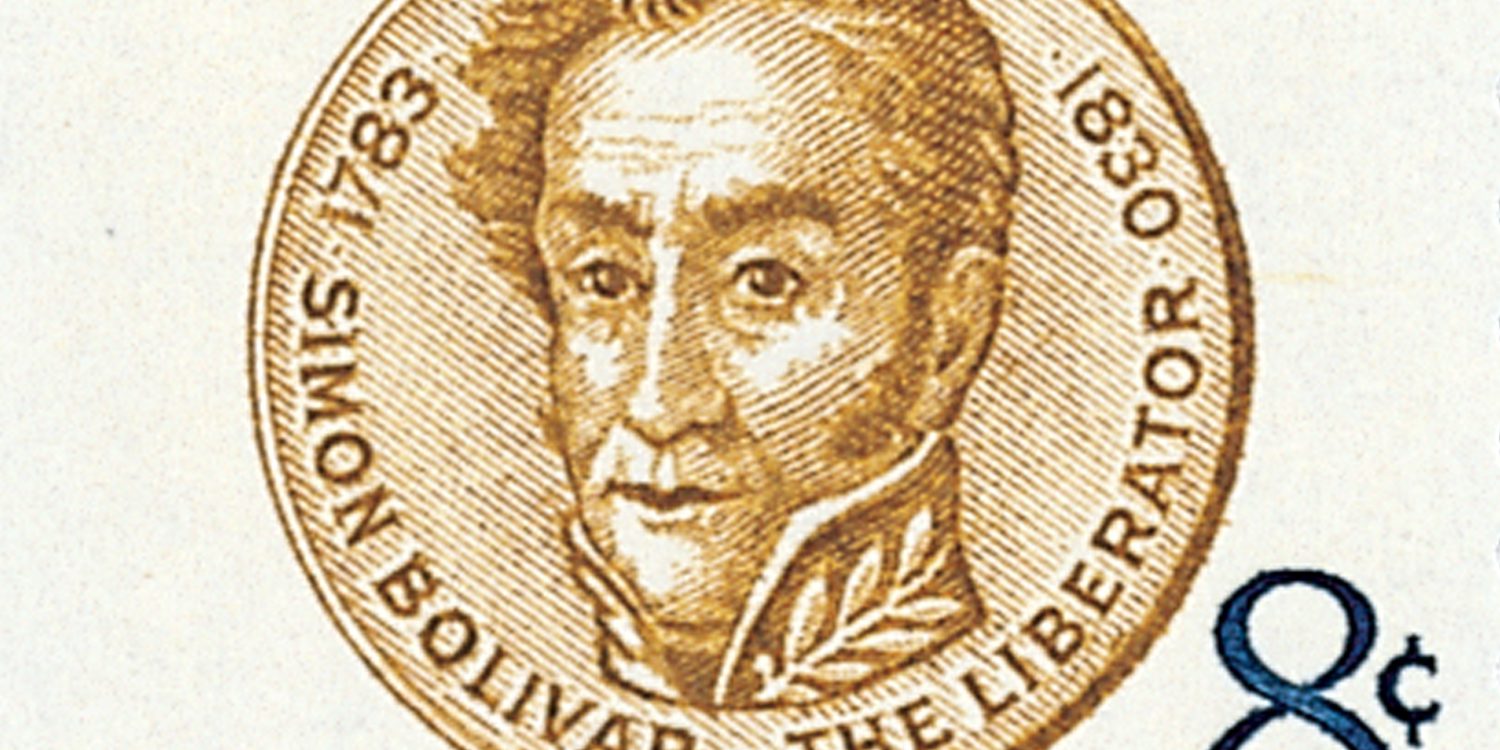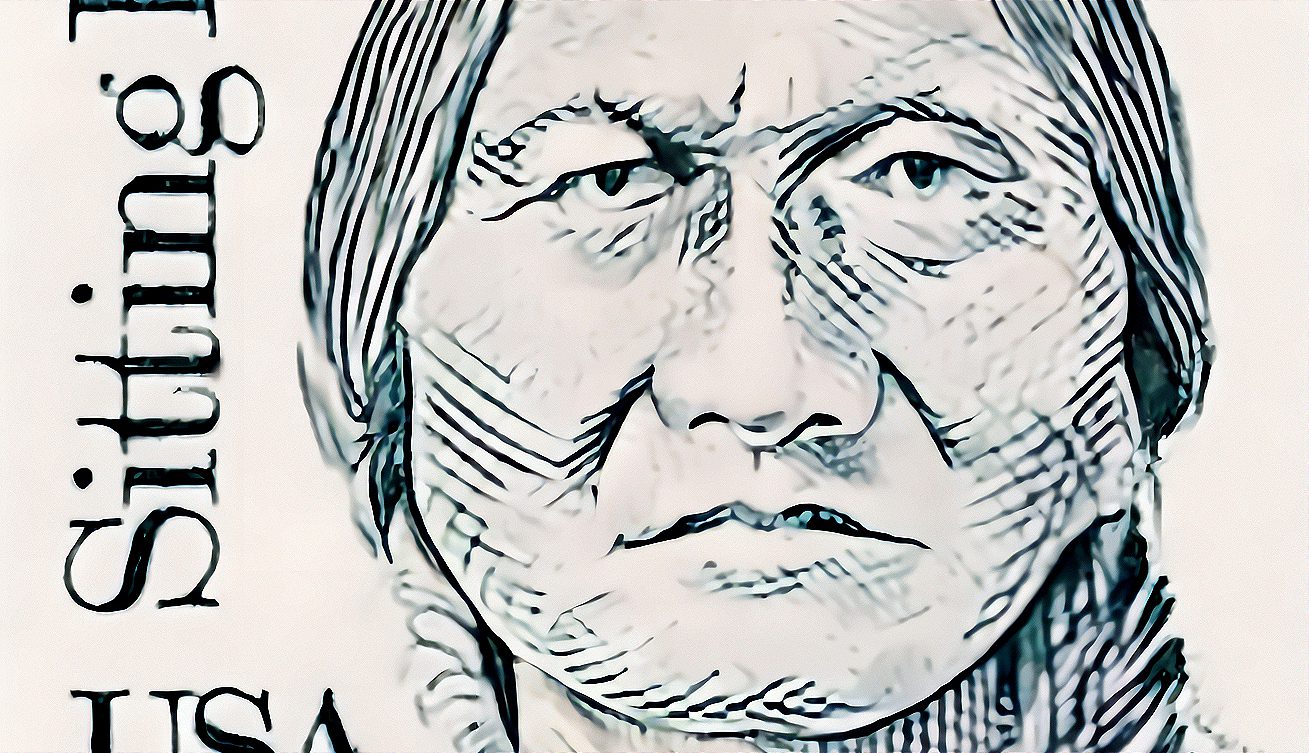Operation Chopper
On January 12, 1962, American forces participated in their first major combat of the Vietnam War – Operation Chopper.

On January 12, 1962, American forces participated in their first major combat of the Vietnam War – Operation Chopper.

America’s 37th president, Richard Milhous Nixon was born into a poor Quaker family in Yorba Linda, California, on January 9, 1913. Largely remembered for the Watergate scandal and his resignation, he was considered an effective leader by many prior to his fall from grace.

Paul Revere was born on January 1, 1735, according to the modern calendar in the North End of Boston. In 1775, he went on a famous ride to warn of the arrival of British troops. After the war, he earned a name for himself as a silversmith.

Andrew Johnson was born in Raleigh, North Carolina, on December 29, 1808. The Reconstruction President, he faced the difficult task of replacing Abraham Lincoln and leading the US through the years following the Civil War. His greatest legacy is as the first US president to be impeached.

On December 24, 1914, soldiers from both sides engaged in a truce for the Christmas holiday. For a short time, German and British troops laid down their arms and became friends instead of enemies.

On December 22, 1696, James Oglethorpe was born in Surrey, England. He settled the Georgia Colony in 1733 and served as its leader for a decade.

On December 21, 1945, General George S. Patton died from injuries he received in a car crash 12 days earlier. His death came mere months after the end of World War II, in which he’d commanded troops in some of the war’s major battles.

Military and political leader Simón Bolívar died on December 17, 1830, in Santa Marta, Gran Colombia. Freeing Venezuela from Spanish control, he became known as The Liberator and has also been called the “George Washington of South America.”

On December 15, 1890, Indian agency police on the Standing Rock Reservation killed Sitting Bull. A respected Lakota leader, he had a major influence on the Battle of Little Big Horn and was later part of Buffalo Bill’s Wild West show.